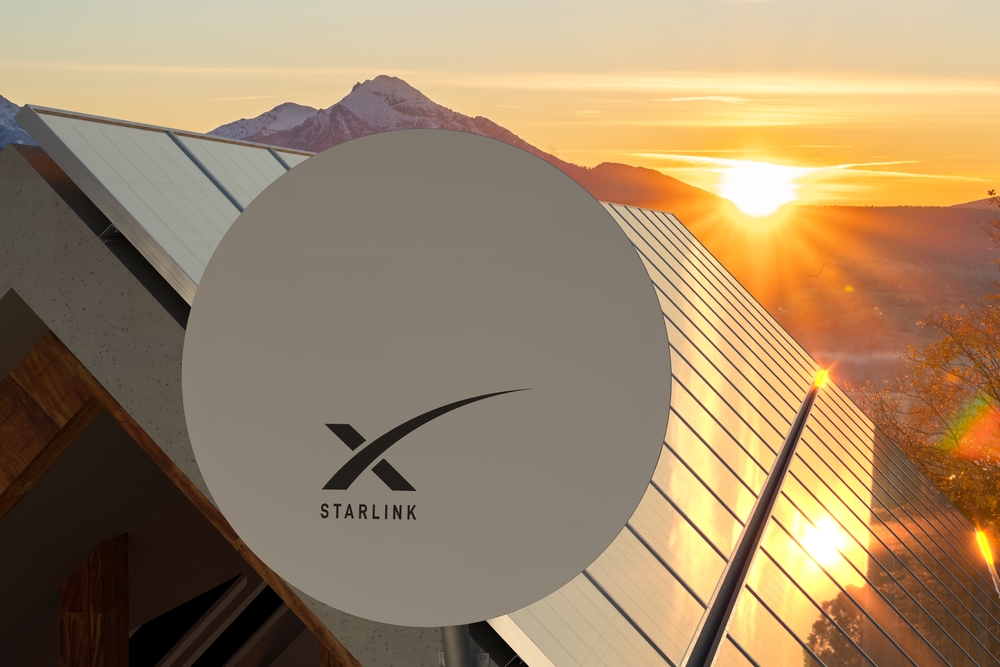
In a remarkable feat of engineering and space exploration, SpaceX recently achieved a significant milestone by launching its 5,000th Starlink satellite into orbit on August 27. These satellites are part of SpaceX’s ambitious plan to provide global high-speed internet coverage through its Starlink program.
The launch of 22 additional Starlink communications satellites brought the total count of these advanced devices in low-Earth orbit to over 5,000. This achievement marks a significant step forward in SpaceX’s goal to revolutionize global internet connectivity.
The launch took place from Space Launch Complex 40 (SLC-40) at Cape Canaveral, and it was executed with precision. The Falcon 9 rocket, carrying the new satellites, roared to life at 03:05 Kiev time. Following the established protocol, the first stage of the rocket separated approximately two and a half minutes after liftoff. Impressively, just nine minutes into the mission, the first stage executed a flawless landing on the floating platform known as “Just Read the Instructions” in the Atlantic Ocean. This landing marked the third successful mission for this particular Falcon 9 rocket, having previously launched the European Space Agency’s Euclid mission and the Ax-2 mission before embarking on the Starlink mission.
Notably, the Starlink launch closely followed another significant SpaceX mission, Crew-7, which safely transported four astronauts to the International Space Station (ISS). SpaceX’s versatility and capacity to execute multiple missions in close succession underscore the company’s growing prominence in the space industry.
SpaceX’s Starlink program is a game-changer in the field of global internet connectivity. With permission to deploy up to 12,000 Starlink satellites in low-Earth orbit, SpaceX has set a course to transform how the world accesses the internet. Moreover, the company is actively seeking approval to launch an additional 30,000 satellites, which would comprise over half of the total satellite launch applications submitted to the International Telecommunications Union.
The Starlink service, officially introduced in 2021, has rapidly expanded its reach, making it available in more than 50 countries and territories across the globe. This includes regions like the United States, Japan, most of Europe, parts of Latin America, and even remote areas such as Antarctica. Notably, in some regions, Starlink has bridged the digital divide by providing reliable internet access in areas that were previously underserved or lacked connectivity altogether.
SpaceX’s Starlink satellite internet has garnered significant interest, with over 1.5 million subscribers currently using the service. In Ukraine, approximately 42,000 Starlink terminals are in use, benefiting various sectors, including the military, healthcare facilities, businesses, and humanitarian organizations. This widespread adoption highlights the practical applications and impact of Starlink’s high-speed internet connectivity.
As SpaceX continues to push the boundaries of space exploration and telecommunications, the successful deployment of 5,000 Starlink satellites is a testament to the company’s vision and commitment to revolutionize global internet access. With plans for further expansion and innovation, SpaceX’s Starlink program promises to reshape the future of connectivity for people around the world.


